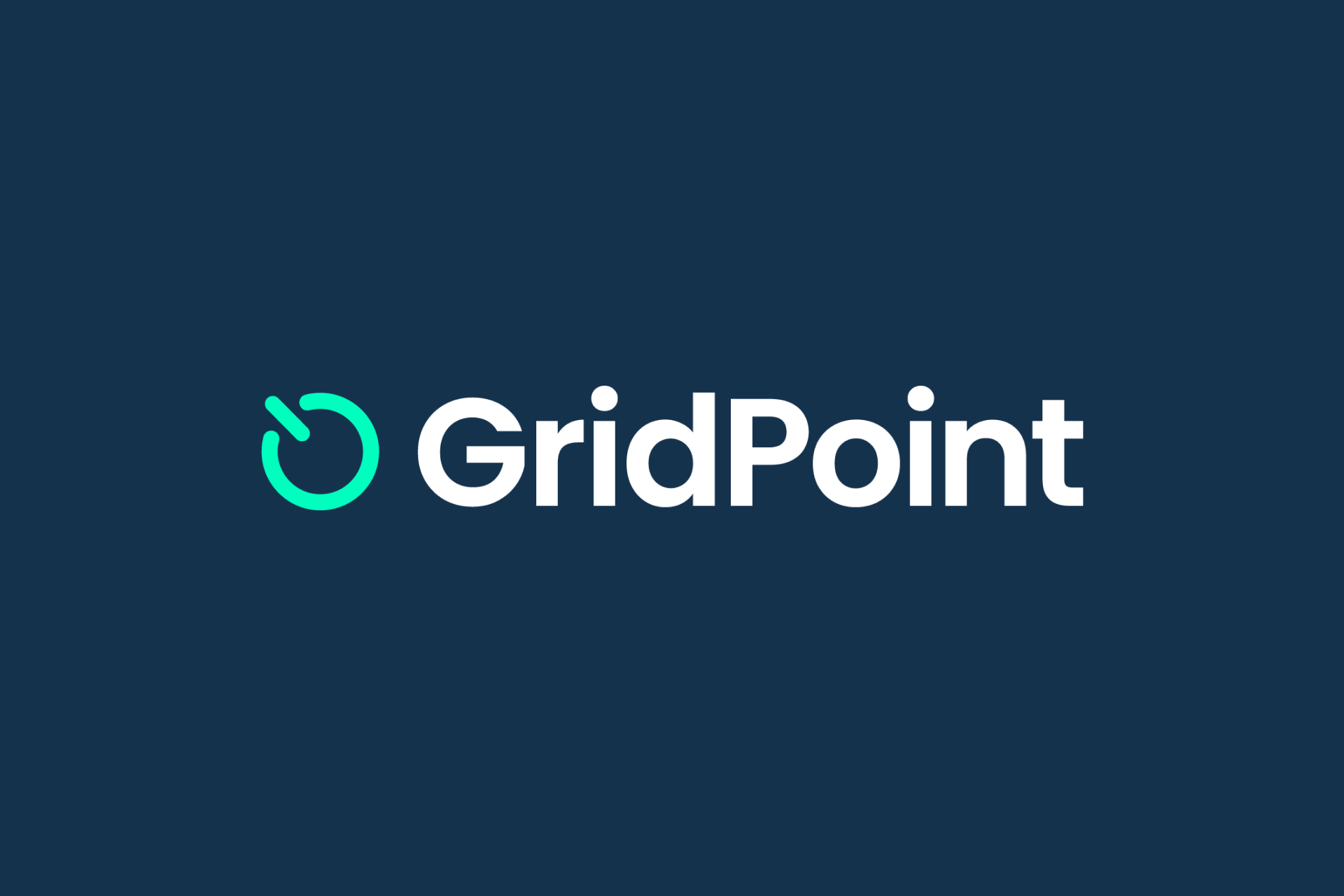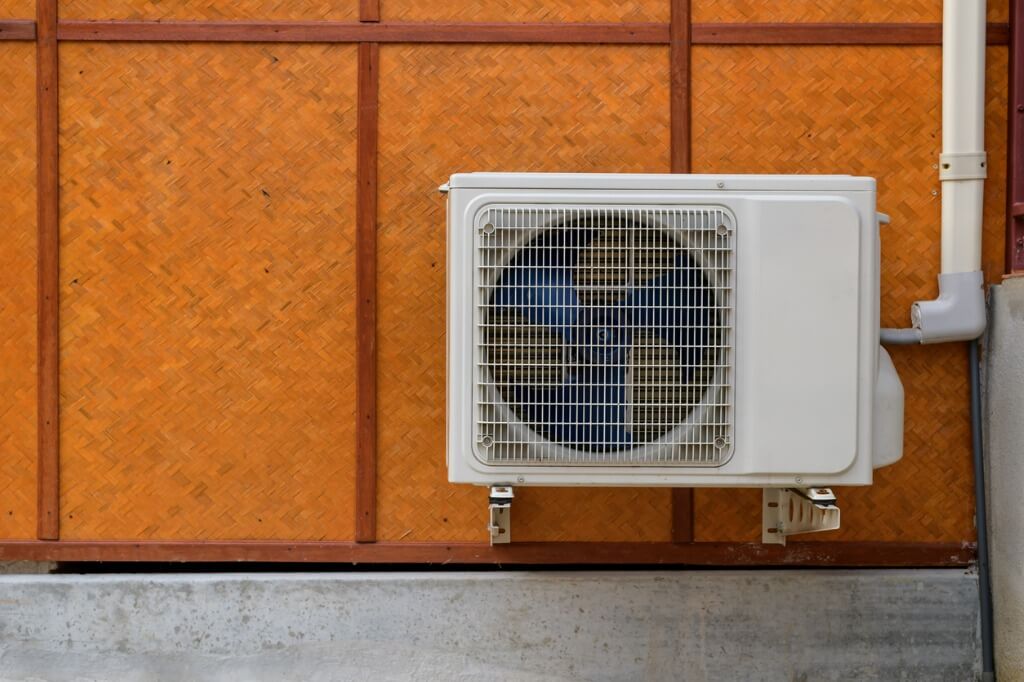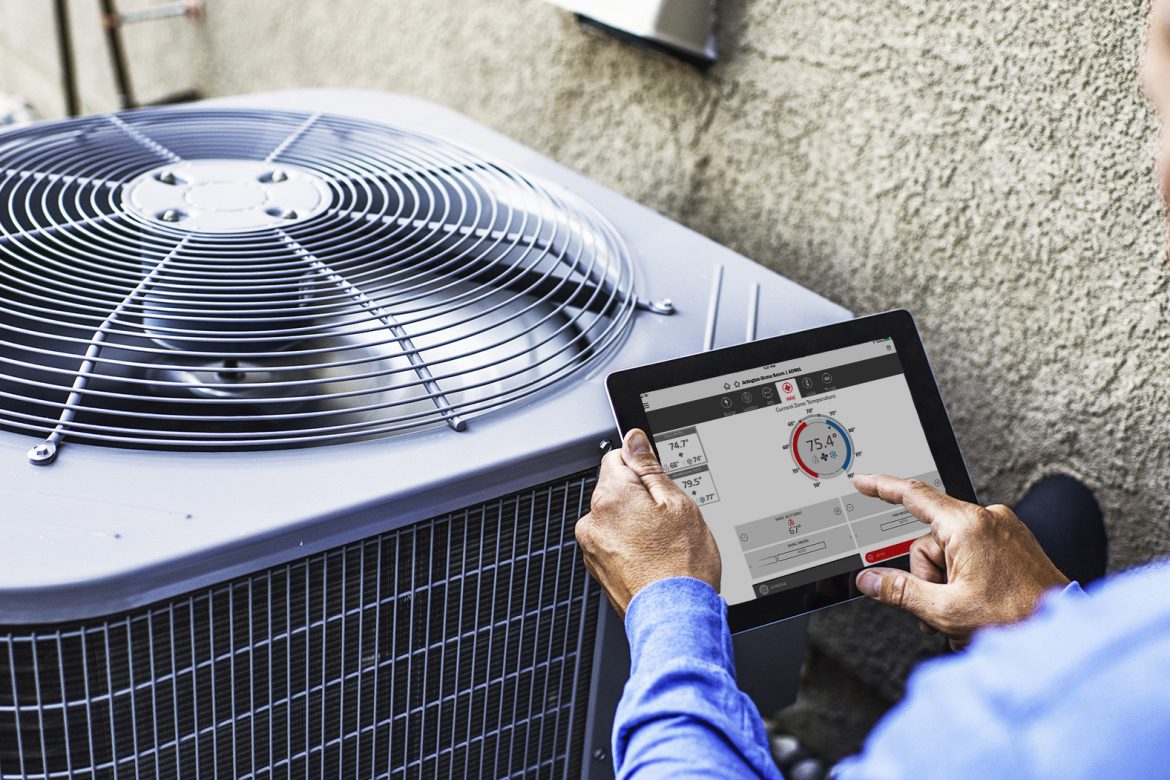Building performance is one of those phrases that, to the average reader, isn’t worthy of or in need of a definition. But when you’re trying to measure and track the performance of a commercial building, it’s helpful to know what to look for, measure, optimize, upgrade and repair.
As such, building performance is a measurement of how a building functions within the context of certain criteria, like sustainability, accessibility, running costs, and even social considerations such as occupant satisfaction, comfort, and integration within the local community. With such a broad definition, it’s useful to understand what you want to measure and track and why you’re doing it.
Understanding the Factors That Can Affect Building Performance
With such a broad range of measurements to choose from, it’s helpful to start with an overarching goal, such as evaluating your building’s performance in relation to sustainability or running costs. Then, it’s time to get to know your building operations.
In the broadest sense, how your building is used will affect its performance. A simple measurement, building occupancy is a significant determinant of the overall building performance. The age of the building and the type of construction taken together will affect the performance of the building envelope, or how efficiently the interior and exterior work together. In general, the older the building is, the less efficient the envelope will be in retaining heating and cooling.
Once the easy factors are understood, it’s time to dig a little deeper into the guts of the building. This evaluation could be about the age of the mechanical system and if there have been any recent upgrades, as well as the insulation type, HVAC system, plug loads and any specialty equipment related to operations.
Calculate and Track the Performance of Certain Systems
While there is a long list of operations and maintenance systems available for tracking in any given building, let’s look at a few of the biggest: energy use, water consumption and tightness, waste production, and overall carbon footprint.
To track the performance of overall energy use in a building, you will need to evaluate the efficiency of the heating and cooling systems, the energy consumed to power occupancy-specific equipment, lighting, and any other electrical load that draws power from the grid.
You can calculate the amount of water the building uses, as well as evaluate conservation practices like low-flow toilets, aerators, rainwater harvesting, and gray water systems. In addition, it’s important to identify places within the building where sources of moisture might be introduced and therefore impact the efficiency of operations and maintenance.
It used to be that waste production was a straightforward part of building operations. But today, recycling and composting programs have given facility managers the opportunity to implement sustainable choices into waste management, even in facilities that serve multiple, disconnected businesses such as office towers and shopping centers. These improvements not only help buildings achieve sustainability targets, but can also improve costs.
Finally, calculating the carbon footprint of any given building can be quite complex, but it’s an important measurement to estimate accurately and can be a useful tool for understanding whole-system efficiency and sustainability.
Options for Tracking Building Performance Data
Today, there are software programs that can track the energy performance of a building or assist in implementing KPIs, or key performance indicators, that provide a method for measuring the performance of a building. These useful tools help to see the big picture of how a building is operating, as well as pinpointing places that can increase efficiency.
A Building Dashboard is one of the most useful tools to track building performance. Dashboards will display key metrics that provide a visual, 360-degree view of your building, and will help you to understand and improve your KPIs. Customizable for every building, a Dashboard can help you monitor data that changes frequently in real-time and assist in getting useful information out of raw performance data.
Evaluate How Well your Building is Meeting Efficiency Goals
In addition to using benchmarking systems and the building dashboard, there are a handful of sustainability rating systems that can provide you with information about building efficiency. Some of these focus on the building itself and evaluate such things as construction and energy use.
LEED (Leadership in Energy & Environmental Design) is an example of a sustainability rating system that focuses on building design and construction and is the most widely recognized program.
Other programs focus a little more on the end user and sustainability within the building, such as WELL, which is a program focused on the connection between the health and well-being of people within the buildings they occupy. WELL goes beyond studying data points like energy consumption to a holistic view of categories such as air, water, nourishment, lighting, fitness, comfort, and the mind of the people within.
All sustainability rating systems carry a level of sophistication and specialization according to the needs of the building, project type, goals, and end users, and it’s important to select one based on the appropriate needs of a building.
Consider Investing in Renewable Energy
Regardless of the age, occupancy, or mechanical systems, nearly every building today can benefit from investing in renewable energy resources to increase the sustainability and efficiency of your building. Some of the most readily available renewable energy sources include solar, geothermal, wind, biomass, and hydroelectric.
Many of these options will be dependent on where you live. For example, geothermal energy, which uses the natural energy of the earth as a power source, is an efficient way to generate clean electricity for heating and cooling but is specific to certain areas of the country or world, where it is efficient to use subsurface heat.
Regardless of where you live, whether in sunny warm environments ideal for solar power, near a hydroelectric dam for hydropower, or a flat open plain with fields of wind turbines, local utilities across the country allow for buying clean power through a number of different programs and incentives.
In Conclusion
Calculating and tracking overall building performance is a useful way to understand how to effectively and efficiently operate and maintain a building over time, through steady or changing occupancy, and to maximize sustainability. Using one of the tools mentioned above, you’ll be on your way to an efficient and sustainable building.
For more information or for a free site energy analysis, visit go.gridpoint.com/energy-analysis.


